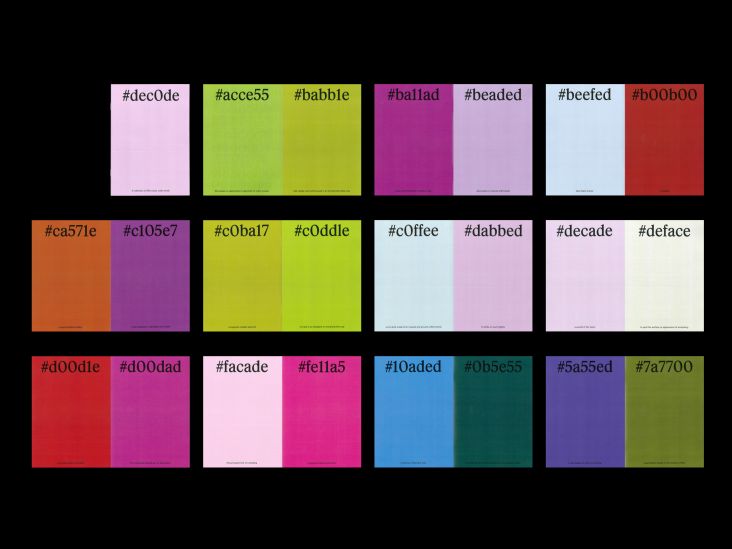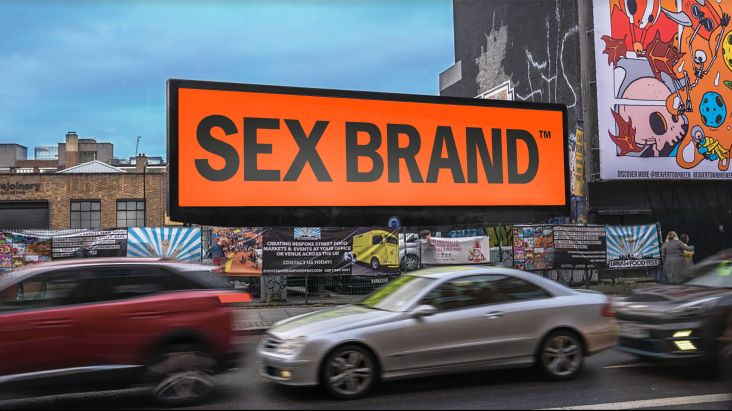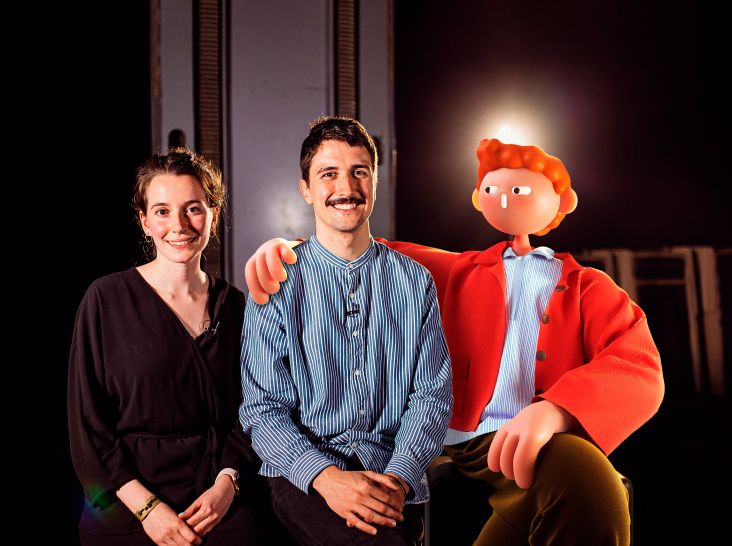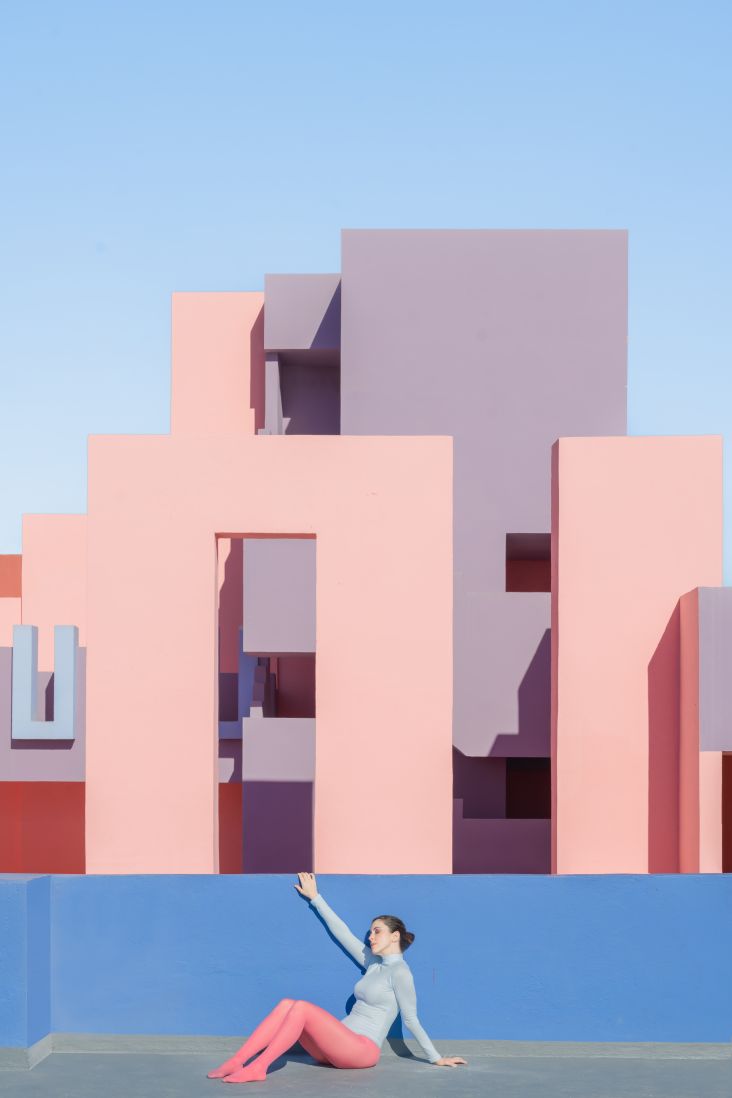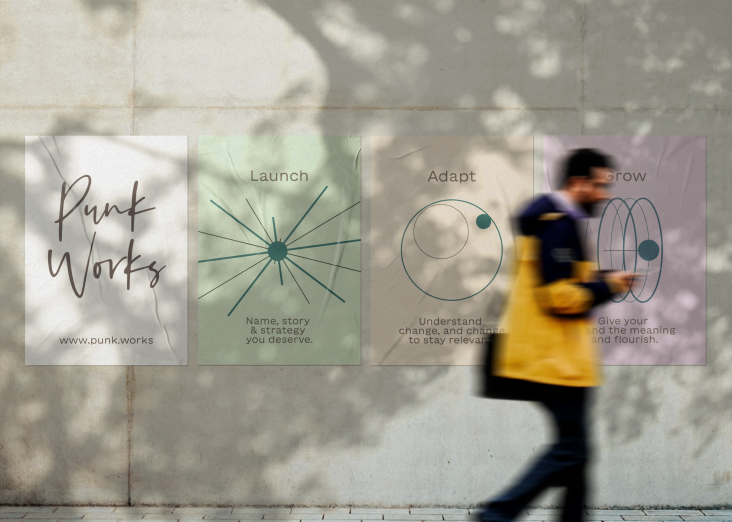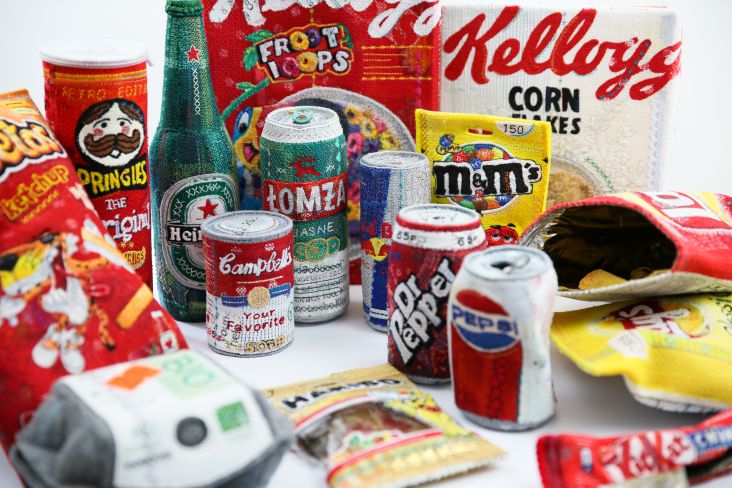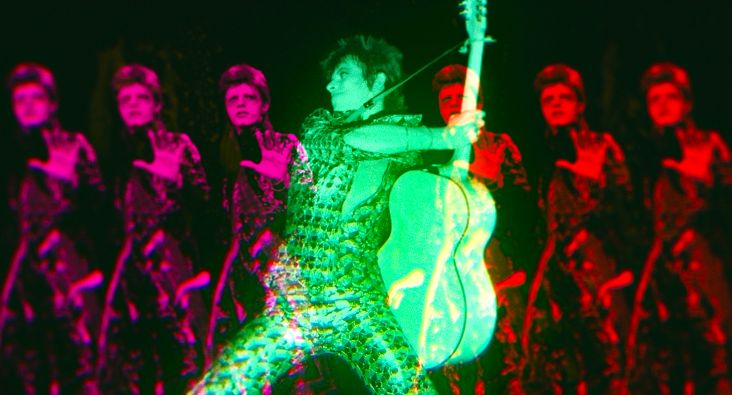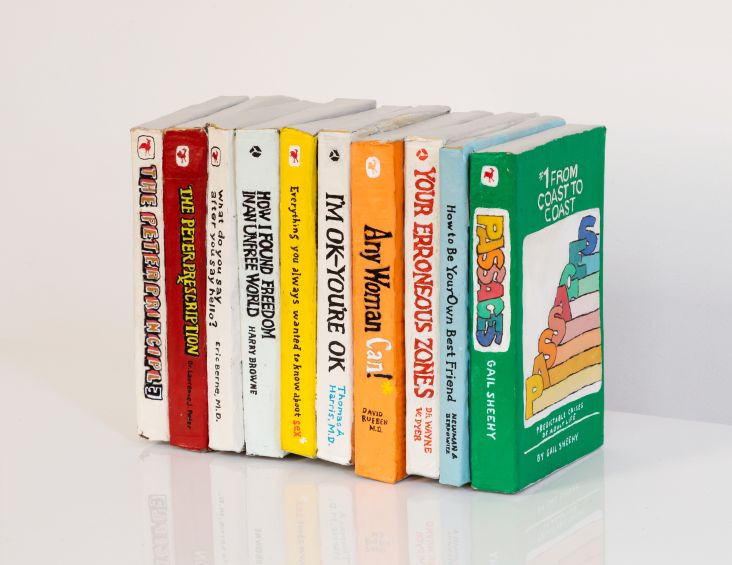Korean artist Sojung Jun explores space and time through digital installations
Korean art is finally receiving the attention it deserves with the V&A's exhibition Hallyu! The Korean Wave, the launch of Frieze Seoul and the highly lauded Korean Pavilion at the Venice Biennale. The film Parasite was the first South Korean film to receive any Academy Award recognition and one of only three to win both the Palme d'Or and the Academy Award for Best Picture.
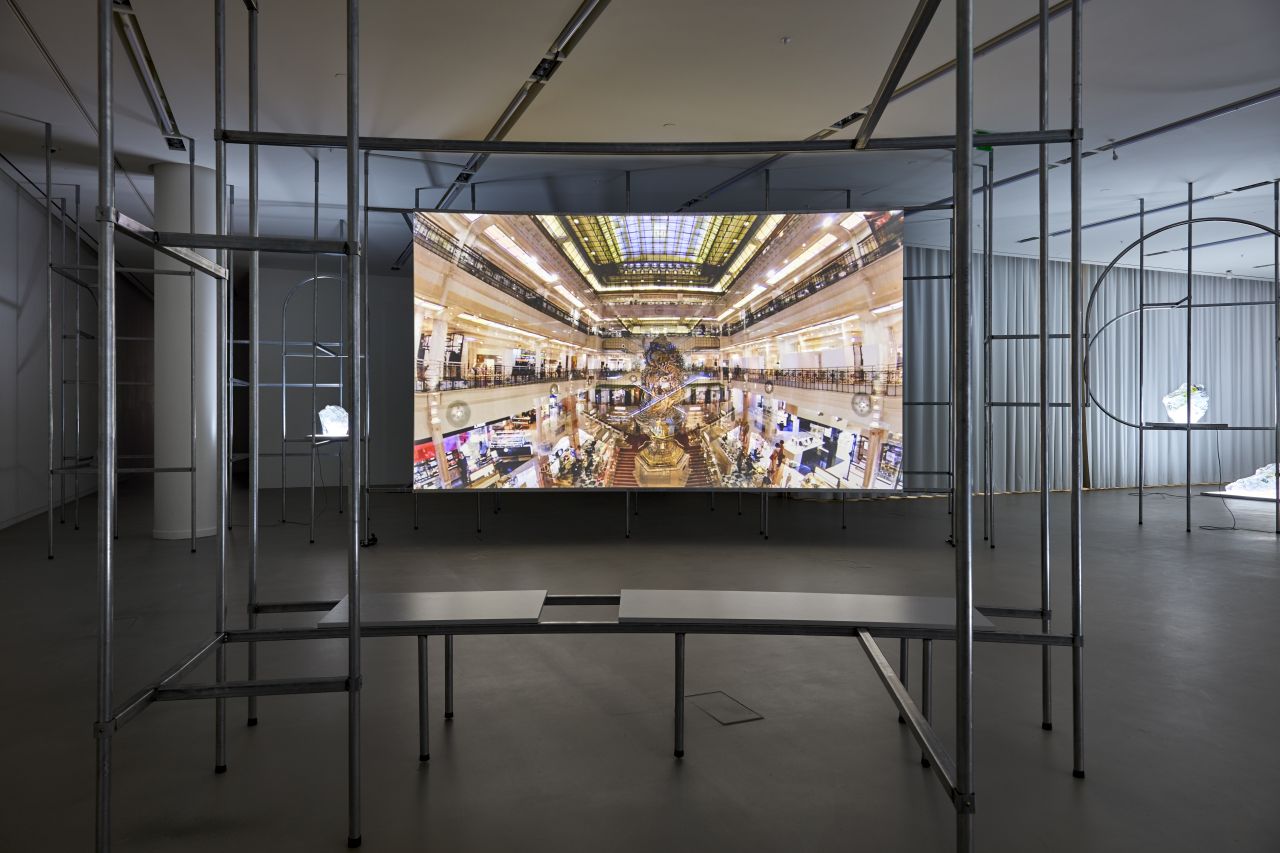
Sojung Jun, Despair to be reborn, 2020, 24min 45sec, single channel video Image Courtesy: Fondation d'entreprise Hermès, Photograph by Sangtae Kim
"The Korean contemporary art scene is very diverse and has great potential," says Minjung Kim, an art curator and artist. "Some may expect to see the artworks within a specific context or narrative due to the special history of Korea or its geographical location within Asia. However, Korean contemporary artists cannot be defined in a single sentence as they deal with many different issues."
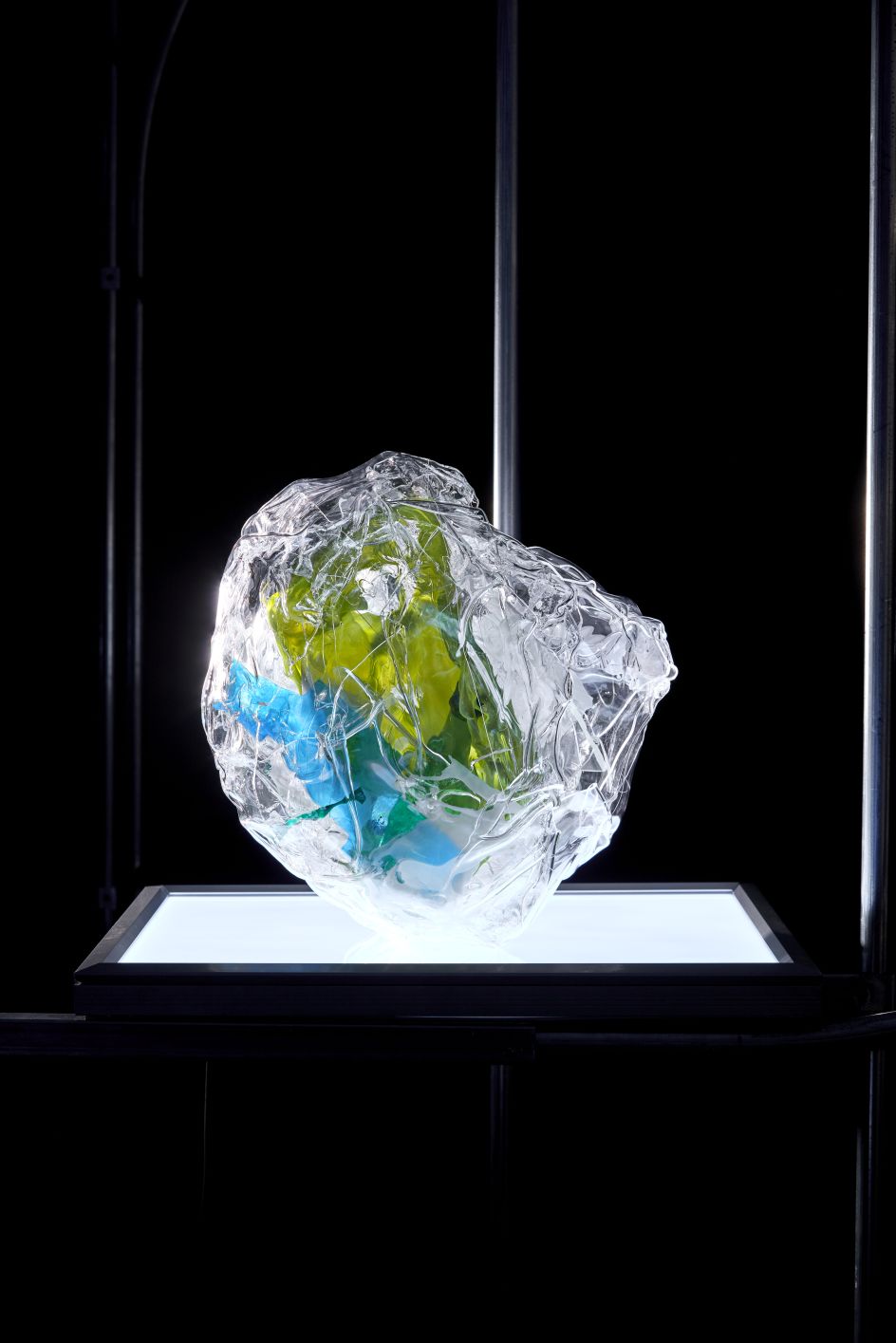
Sojung Jun, Organ_Knee, 2020, plastic, 40 x 30 x 40cm, Image Courtesy: Fondation d'entreprise Hermès, Photograph by Sangtae Kim
Sojung Jun is a pioneer, actively shaping the discourse around Korean contemporary art since the 1990s to the most current, dealing with urgent topics and innovative technologies. Her recent exhibitions and projects include a screening at the Leeum Museum of Art, a solo exhibition at Atelier Hermès, and the 2021 CIRCA project in which Jun was the first Korean artist to screen her work in Seoul, Tokyo, and London simultaneously.
Using the language of video and writing, artist Jun is interested in creating a non-linear space-time to awaken a new awareness of history and the present or how the changes made in physical boundaries penetrate daily sensorial experiences. By using the medium of video, "she tries to bring surreal acts such as time travel, wormholes, and teleportation to the real world," suggests Kim.
In particular, Jun has produced works that weave and crisscross with her personal experiences by paying attention to people standing on the boundary amid the ruins of modernity and invisible voices.
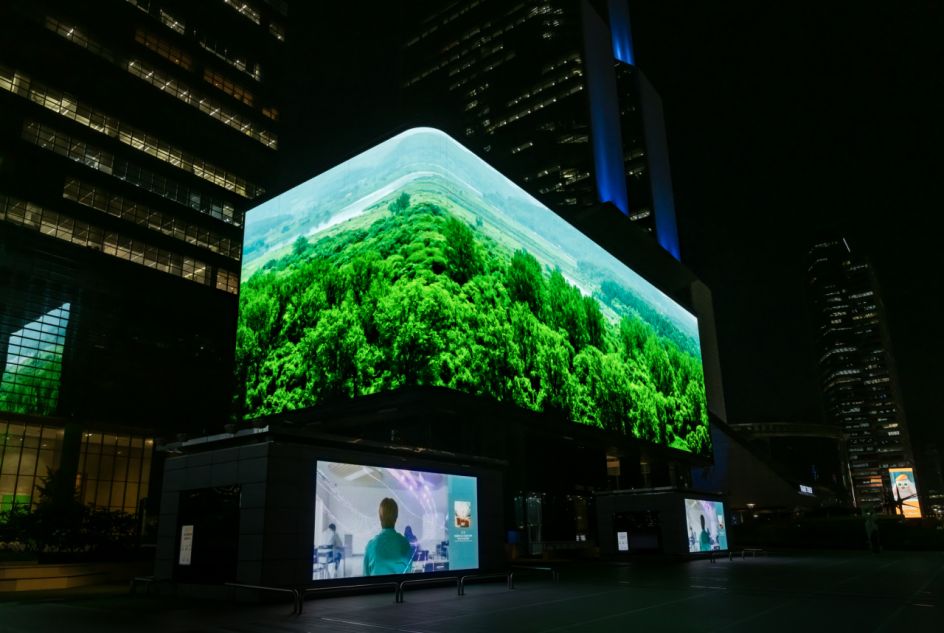
Sojung Jun, Green Screen, COEX K Pop Square, CIRCA 2021
Her influences include tightrope walkers, female divers, and machine embroidery designers. "With them, I was questioning the gap between the ideal and reality, the velocity and vertigo caused by the time difference between the past and present; these questions were all mixed with my ambivalence and curiosity about having both feet on the ground as an artist.
"I'm interested in liminal spaces – the things that happen on borders and their ambiguity. I see these things as essential to the hidden aspects of our world," says Jun. "I put my passion into re-writing stories, time, and landscapes of individuals who have been left behind by the speed of the city. My early works put much more attention on individuals and their stories. I believe in the power of small and specific stories to lead to change."
She has taken interviews, historical materials and narratives appropriated from classical texts and conducted experiments intersecting personal, psychological and aesthetic factors.
Based on the early poem 'Au Magasin de Nouveautes' by Yi Sang, a representative avant-garde of modern Korea in the early 20th century, the video work Despair to be Reborn (2020) attempts to rupture reality by intersecting different spatial temporalities: contemporary and modern Korea.
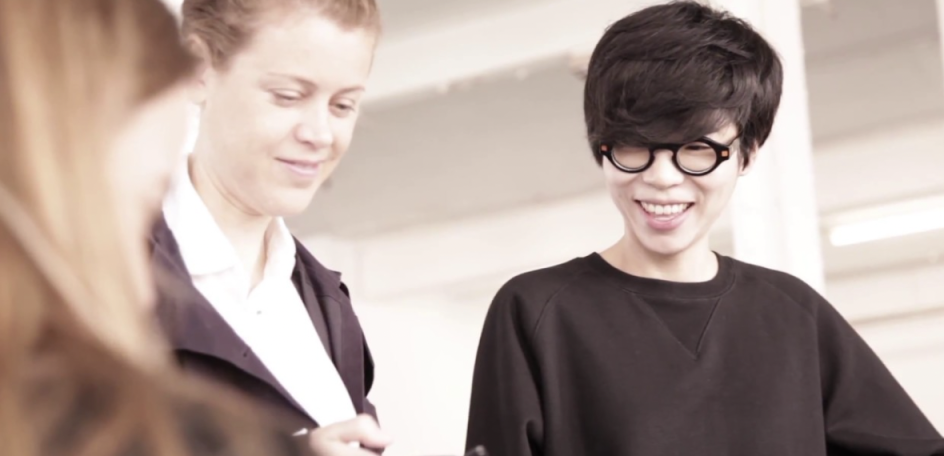
Sojung Jun is an artist based in Seoul, Korea.
"Despair to be Reborn is based on the poem Architecture Infinite Cube (1932) by Korean poet and architect Yi Sang, who was active during the Japanese colonial period in the 1930s. The works look at the present in the context of the time difference of nearly 100 years," explains Jun.
"In the original poem, the poet observes the newly opened department store in Seoul at the time –the Mitsukoshi Department Store – and foresees the beginning of modern capitalism in Seoul. With this poem as a prism in my work, I imagined the pace of Seoul, the times when agency was absent, and eventually the escape from all this or the acceleration encompassing energies."
Looking around this symbol of 'imitation modern', the poem probes at modern Seoul in its transformation into a capitalist space, the striding crowd through the city, as well as the ambivalent reality induced by modern civilisation, with perplexing codes and multi perspectivity.
Sojung Jun, Green Screen Part 1
The video is a non-linear montage of footage filmed by the artist in Seoul, Paris, and Tokyo and appropriated clips from TV documentaries and films. The de-perspective camera angles, the mechanical body movement of the Parkour performer who slides across Seoul and Paris, compressing the cities' spaces and time, and the concerto of harp and gayageum that heighten tension, all together maximise various bodily sensations.
The installation structure, which unfolds around the video, functions as a kind of labyrinth, a modern passage, an aeroplane runway, or a showcase at a department store. A viewer may watch the video and look at the sculptures while strolling through the architectural structure as if looking at the products showcased in a mall. Every piece exists independently, stirring up various senses of the body; on the other hand, an intimate relation between them can also be conjectured.
Sonjung Jun has also created The Organ series, which consists of several stone sculptures. "I thought about the paradoxical beautiful, and bizarre structures all over Seoul as scattered organs. They are like faith that persists; the Gutpan – Korean exorcism – for example, still takes place on Mountain Inwang, surrounded by skyscrapers in the middle of Seoul. The paradoxes of modernity and pre-modernity, rationality and irrationality, and systematicity and improvisation still prevail."
Sojung Jun's video work, sculpture, and installation bring to light an imitation-driven modernity in a Japanese-style department store mimicking a French one, conjuring up ways to flee from the modern world; the works renew one's awareness of reality and history.
The artist is keen for viewers of her work to think about the "references that oscillate between the past and future, landscapes and individuals that are left out from the historical narratives, and the senses of people living in the present time. All of these references are intertwined in my work."

















